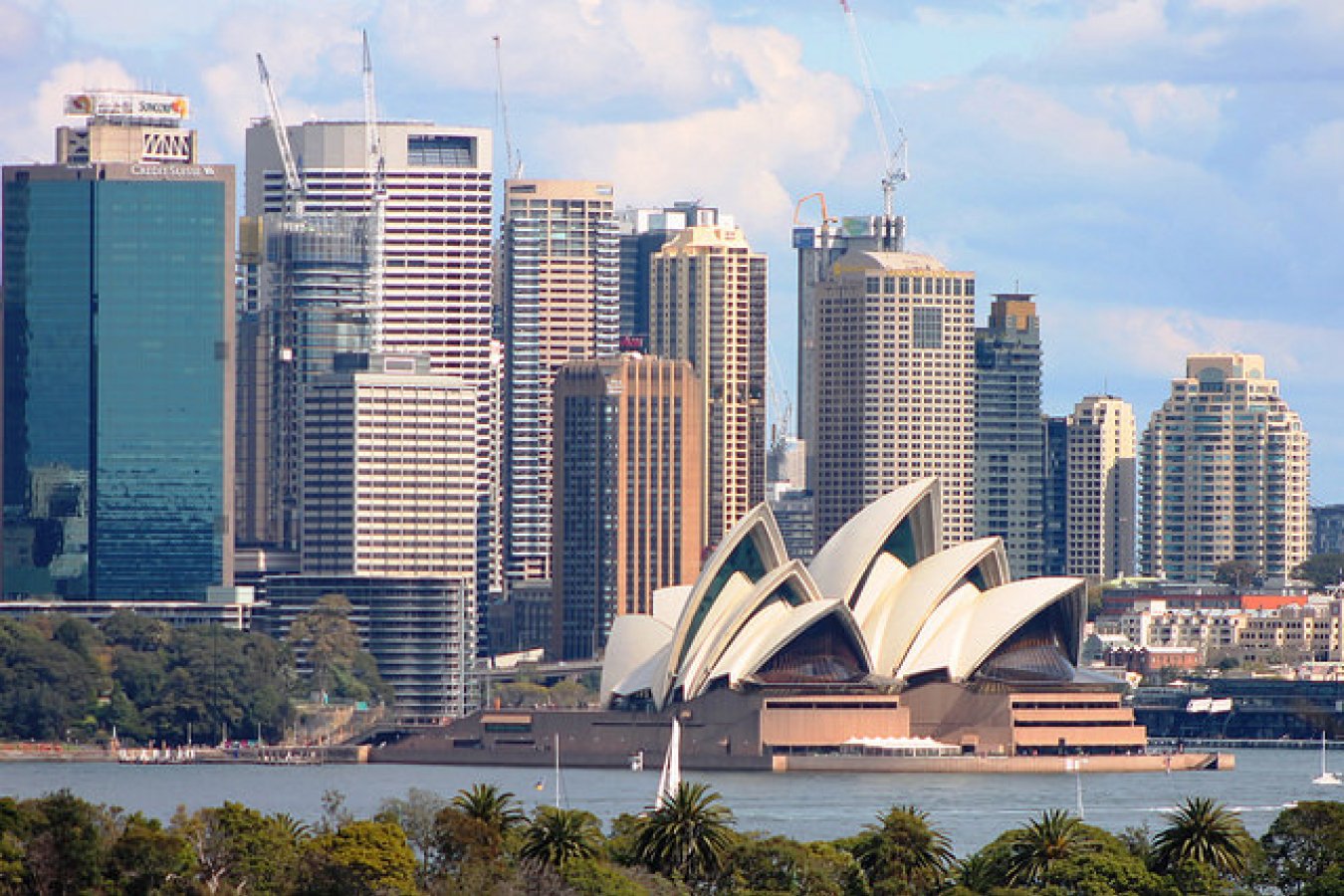
Is Australia Open for Travel? What Travelers Need to Know
Despite its remoteness, Australia remains one of the top countries on most travelers’ bucket lists. There are many reasons to book a ticket to Australia, from its world-famous beaches to a laid-back culture, incredible cities, and even scuba diving opportunities (it’s home to The Great Barrier Reef, of course!)
The country welcomed more than 8 million tourists in 2019, with the most popular arrivals coming from China, New Zealand, the United Kingdom, and the United States. Unfortunately, Australia’s inbound tourism came crashing down when the coronavirus pandemic hit in early 2020.
Although Australia had taken serious measures to prevent the spread of the novel coronavirus, it ultimately had to shut its borders. As a result, the country had virtually no inbound tourism in the past two years, except for returning citizens and permanent residents.
However, the situation has drastically changed, and Australia has resumed tourism. Find out the current situation, entry requirements, and more information regarding the Australia visa here.
Australia Reopens After a 2 Year Shutdown
On February 21, 2022, Australia officially opened its doors to tourists after more than two years of border closures — effectively ending one of the world’s longest-running lockdowns. Nonetheless, some conditions must be met in order to enter Australia.
Firstly, all travelers must present an international certificate of complete vaccination against COVID-19 with an approved vaccine. Currently, the list of approved vaccines in Australia includes AstraZeneca, Pfizer BioNTech, Moderna, Sinovac, Biotech Covaxin, Sputnik V, Novavax, Sinopharm, and Johnson & Johnson.
Travelers should also keep in mind that the last dose of the vaccine must be given no earlier than 7 days before departure, and the certificate must be in English.
In addition to the vaccine, travelers must also fill out a special form called the Digital Passenger Declaration (DPD) up to seven days before their flights. The DPD asks a few basic questions about the passenger’s travel history, flight number, passport details, contact information, vaccination record, and final destination. The DPD is a vital resource for Australian officials, as it is used for contact tracing.
Children under 11 do not need to have the vaccine and can cross the border without being checked. Children between 12 and 17 years old must travel with an adult who has at least one vaccine in order to qualify for an exemption.
Current Domestic Restrictions in Australia
While Australia enacted national restrictions across the country, the new lockdown rules stipulate that each of the eight states and territories may authorize their own rules. The best way to check the current restrictions in the state you wish to visit is by visiting the official government website.
However, there are still general restrictions that cover most states.
First and foremost, face coverings (such as masks) must be worn in all indoor areas and, in some states, even outdoors.
To maintain social distancing rules, public transport vehicles are only allowed to take a limited number of passengers. Likewise, some states require wearing a mask, even in private vehicles.
Restaurants and cafes operate in the same way as public transport; that is, they can only accept a limited number of people and require proper social distancing. Depending on the epidemiological situation in the state, patrons may be asked to provide their vaccination status before being allowed entry to restaurants in order to protect against the spread of COVID-19.
When entering stores and other establishments, visitors may be asked to take their temperature, clean their hands with a disinfectant, and wear a mask.
What to See in Australia
Once you have met the current entry conditions, it’s time to make your travel plans! Thankfully, there is plenty to see and do across Australia — here are some of the best tourist attractions:
Sydney is the largest metropolis in the country and, naturally, one of the most popular destinations for tourists.
Travelers can enjoy the unique juxtaposition of ultra-modern skyscrapers, green parks, and traditional buildings, all within a few meters of each other. Of course, one of Australia’s most famous symbols, the Sydney Opera House, is also located here.
The city is chock-full of interesting museums, restaurants, and cafes for every taste. Climb the Harbor Bridge or the Sydney Tower for a bird’s eye view of the city, or stroll down Kings Cross for spectacular nightlife.
Although Uluru Rock is located deep in the desert, this does not stop it from being the hallmark of Australia and an entry on UNESCO’s World Heritage List. More than 400,000 tourists come every year to this flat mountain, which has a height of 348 meters and a width of 3.6 km. Uluru Rock is famous for its chameleon-like nature: during the day, the sandstone monolith can change color several times from pink to purple, red, and even gold.
In addition to the incredible nature on land, Australia also surprises its visitors underwater. The Great Barrier Reef is an incredible natural phenomenon that has been called the best place in the world to go diving. There are several thousand coral reefs in the area, and their beauty can even be seen from space!



